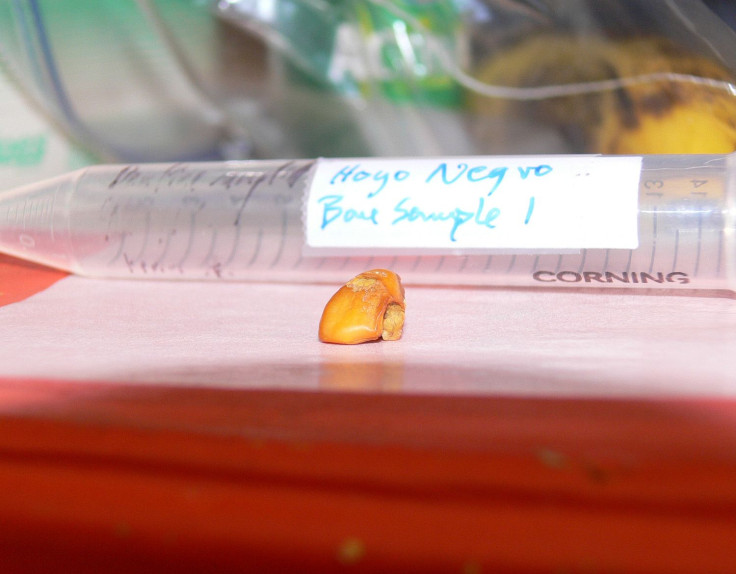12,000-Year-Old Skeleton From Mexico Is ‘Extraordinary’ Find, May Solve Mystery Of Native American Origin

The bones of a teenage girl who fell to her death over 12,000 years ago were recently uncovered from a water-filled cave in Mexico.
Nicknamed “Naia,” the young woman is the oldest complete ice age skeleton ever found in North America. DNA analysis of the remains has helped resolve a decades-old mystery about the relationship between ancient Paleoamericans -- a name given to the first peoples who entered North America during the last ice age -- and their modern Native American descendants.
Scientists say the discovery is on par with that of Lucy, the world’s most famous early human ancestor.
In a study published Thursday in the journal Science, anthropologists note markers in Naia’s genetics that are common today, suggesting that Native Americans and Paleoamericans are one in the same.
But the question that has been raised is: Why does Naia, who, like the Kennewick Man -- another ice age skeleton found in Washington state in 1996 -- look so different from today’s Native Americans? Naia has a prominent forehead, flat nose and outward-jutting teeth, which researchers say is about the opposite of what modern Native Americans look like.
"This is the first time that we have genetic data from a skeleton that exhibits these distinctive skull and facial features," Deborah Bolnick, an anthropological geneticist at the University of Texas at Austin and one of the study's co-authors, told National Geographic.
Researchers argue that any discrepancies in appearance are most likely the result of relatively recent and rapid evolution, rather than the outcome of two, separate human migrations.
"Just like the story of Lucy, from where I originated myself, and our rovers right now on Mars, Naia's story touches, I believe, on our hunger for deep human connection in space and time," Yemane Asmerom, a geochemist from the University of New Mexico who helped Naia’s age, told reporters, according to NBC News. “This is truly an extraordinary discovery.”
Naia’s bones, including her skull and pelvis bone, were discovered at the bottom of a cave on the Yucatan Peninsula known as Hoyo Negro, or “black hole,” which was dry until the seas rose at the end of the last ice age. Researchers speculate that Naia entered the cave in the dark and fell into the deep cavern.
The bones lay among several bones of extinct animals, including ground sloths and elephant like creatures known as gomphotheres.
Naia was discovered in 2007. The divers who found her contacted archeologists at Mexico’s National Institute of Anthropology and History, who used several methods to determine Naia’s age.
Anthropologists have long thought that modern-day Native Americans are descendant from ancient tribes that made their way into the Americas from Siberia over a prehistoric land bridge. The finding supports the theory that there was only one major migration to the Americas over that bridge.
"What this study is presenting for the first time is the evidence that Paleoamericans with those distinctive features can be directly tied to the same source population as contemporary Native Americans," Bolnick told NBC News.
© Copyright IBTimes 2024. All rights reserved.






















